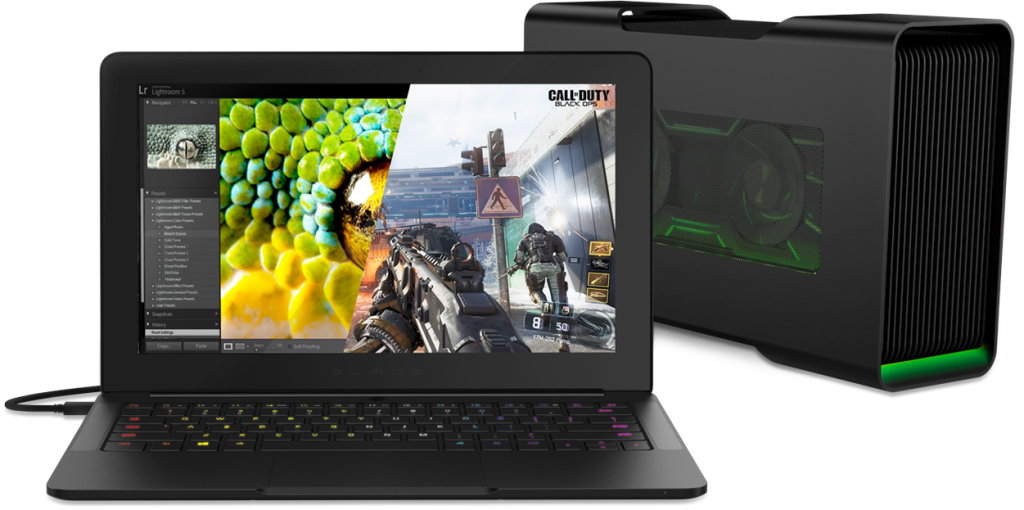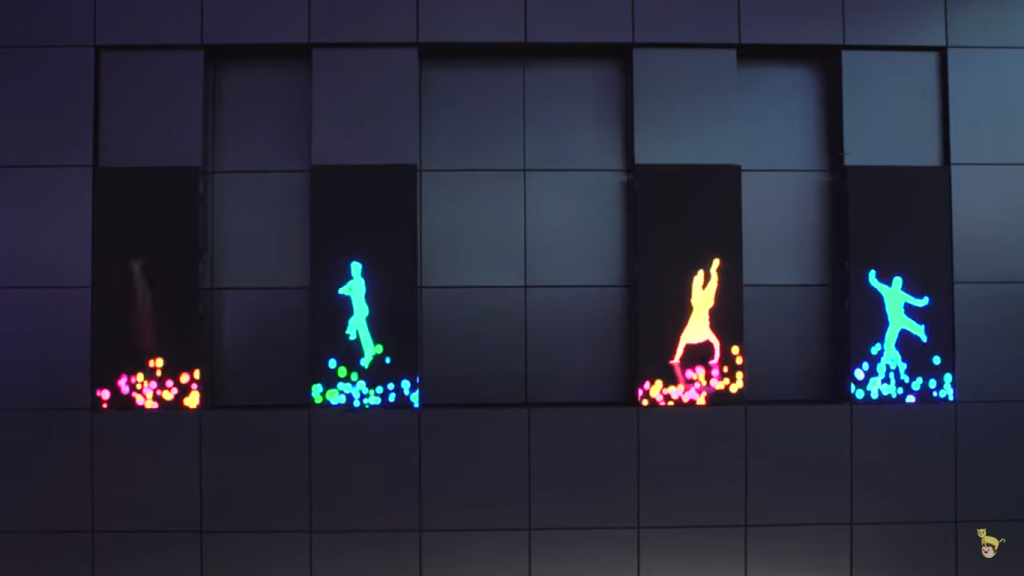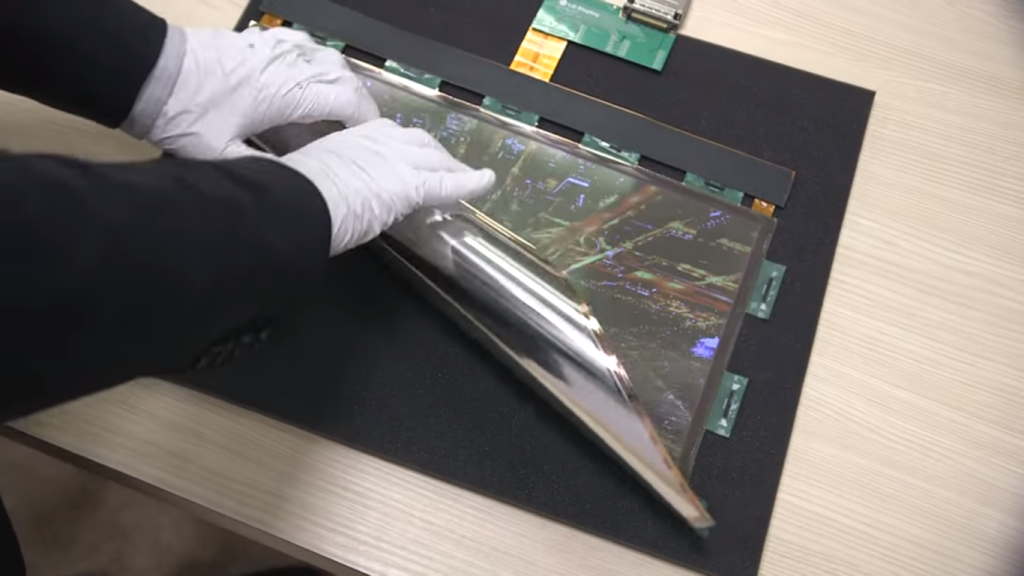Tomorrow’s Technology, Today – 6 Cool Things from CES 2016
The Consumer Electronics Show (CES) is always an exciting event for people such as myself in the tech-loving community. Even if you can’t attend the event yourself, it’s nice to read about, or watch, the latest in consumer electronics. For many of us, CES isn’t really a showcase of the next gadget you’re going to buy. It’s a look into the near future of consumer electronics. Here is a look at 6 cool things from CES 2016 that show where our technology is going. These items are listed in no particular order.
NVIDIA Drive PX2
The Drive PX2 is the successor to last year’s Drive PX made by NVIDIA. It is a liquid-cooled in-car computer “with the power of 150 MacBook Pros,” and insane specs that will make technophiles’ mouths water with excitement: 12 CPU cores with 8 teraflops of processing power (similar to around 6 Titan X video cards), and the ability to achieve 24 trillion operations a second. That’s a ton of horsepower. Why is there a need for all that power? The CEO of NVIDIA, Jen-Hsun Huang, says it’s necessary in order to build self-driving cars. They aim to equip cars with deep learning. Deep learning is used in the industry to solve problems that involve big data like computer vision, image recognition, speech recognition, and, in the case of the Drive PX2, vehicle, pedestrian, and landmark identification. This enables cars to deal with changes in their immediate environment right away. With this supercomputer, Huang says it will be possible for cars to recognize all kinds of vehicles, objects, and even people in the environment, making it purely self-driven.
With this, the future of self-driving car technology looks to be a bright one. Read more about NVIDIA’s Drive PX here.
Razer Blade Stealth Ultrabook with External GPU
There were many laptops by various companies shown at CES 2016, but the Razer Blade Stealth—pictured above—takes the cake. Razer’s current line of Blade laptops are already thin, but just when you thought gaming laptops couldn’t get thinner, Razer comes out with the Stealth. Weighing just 1.25kg, the Stealth packs a 4K resolution display (or a QHD display for the lower-priced units), an Intel Core i7-6500U dual-core Skylake processor, Intel HD Graphics 520, a 512 GB PCIe SSD for storage, and 8GB of dual-channel RAM, and the kicker (for me at least), a backlit Chroma keyboard.
The elephant in the room is that its GPU is an onboard integrated graphics card rather than a dedicated GPU. Why not include one? Well the simple answer is: it wouldn’t fit. It is, however, capable of delivering boosted performance via the Razer Core—that black box next to the laptop. The Razer Core is essentially a dock for an external graphics card to be used for the Blade Stealth, meaning, you can plug just about any GPU into the Core through a USB Type-C Thunderbolt 3 connector and turn the laptop into a desktop powerhouse. As Razer puts it in its website, “Mobile productivity by day, desktop gaming by night.”
Unfortunately, while having jaw-dropping specs, this laptop also has a jaw-dropping price tag with the retail price going from $999 to $1599 based on the resolution of the screen and the size of the solid state drive.
Modular Display by Samsung
There were many display technologies that were presented in CES 2016. Some examples of which are LG’s 98” UHD display, and Samsung’s own 170” SUHD TV. But really, those screens don’t do anything more than increase the number of pixels the screen is able to display. An interesting concept Samsung introduced is their modular display, a screen that can be split up into smaller screens, and then put back together. What’s practical use of this? No one knows yet. However, it is possible, as shown by Samsung using the same technology, to change the aspect ratio of the display to fit your viewing needs by reorienting the configuration of the screen. The user can now, for example, go from 16:9 to 21:9.
LG’s Rollable Display
Another interesting piece of technology in the world of display tech is LG’s rollable display. This is the piece of technology that makes me think: “WE ARE LIVING IN THE FUTURE!” It’s pretty much what its name implies: a display that you can roll up like a newspaper.
Not a lot was said about it other than it being able to display a UHD resolution picture. People weren’t even allowed to put their hands on it, not even the staff who were required to use gloves in order to handle it. It’s probably still in the early development stages, but seeing it in action is a treat for the eye. It is a wonderful testament to how far the development of display technology has come, as well as how far it can go. This thing basically changes the landscape for display technology.
Family Hub Smart Refrigerator by Samsung
Yes, in Samsung’s conquest to make everything “smart,” they have now reached the realm of refrigerators. Besides keeping whatever is inside the refrigerator cold, it also has a built-in 21-inch touchscreen with a Tizen-based OS. The OS lets you keep track of what’s inside the fridge through a built-in camera and display it on the screen or, more interestingly, have a live view of the inside of your refrigerator on your phone. Other notable features include being able to set and display how many more days a food item has in your fridge before expiring. You would also be able to use sticky notes.
Samsung says that the refrigerator is the centerpiece of the kitchen and, in some ways, this is true. This technology is that idea brought to fruition, and it will only get better with each new generation. Smart fridges, smart leak detectors, smart thermometers, 3D printed food…what a time to be alive.
OPCOM Farm Cube
Do you want to try gardening but don’t have a green thumb? OPCOM’s got you covered with the Farm Cube. The Farm Cube is an indoor garden for your home that lets you grow any organic plant you want. The machine has LEDs in it that automatically adjust based on the growth stage of the plant, and even optimizes the conditions of the environment inside based on the type of plant. The Farm Cube connects to an app that lets you track and adjust things like the temperature and humidity inside the Cube. This would be pretty useful in the case of an apocalypse that leaves the world somehow bereft of farms and livestock. So if you’ve got $4000 to spare, you might want to give the Farm Cube a try. Learn more about it here.
That concludes my list of 6 Cool Things from CES 2016. I’m sure there are more cool things from that show, but for me, these were the ones that really stood out.







Comments